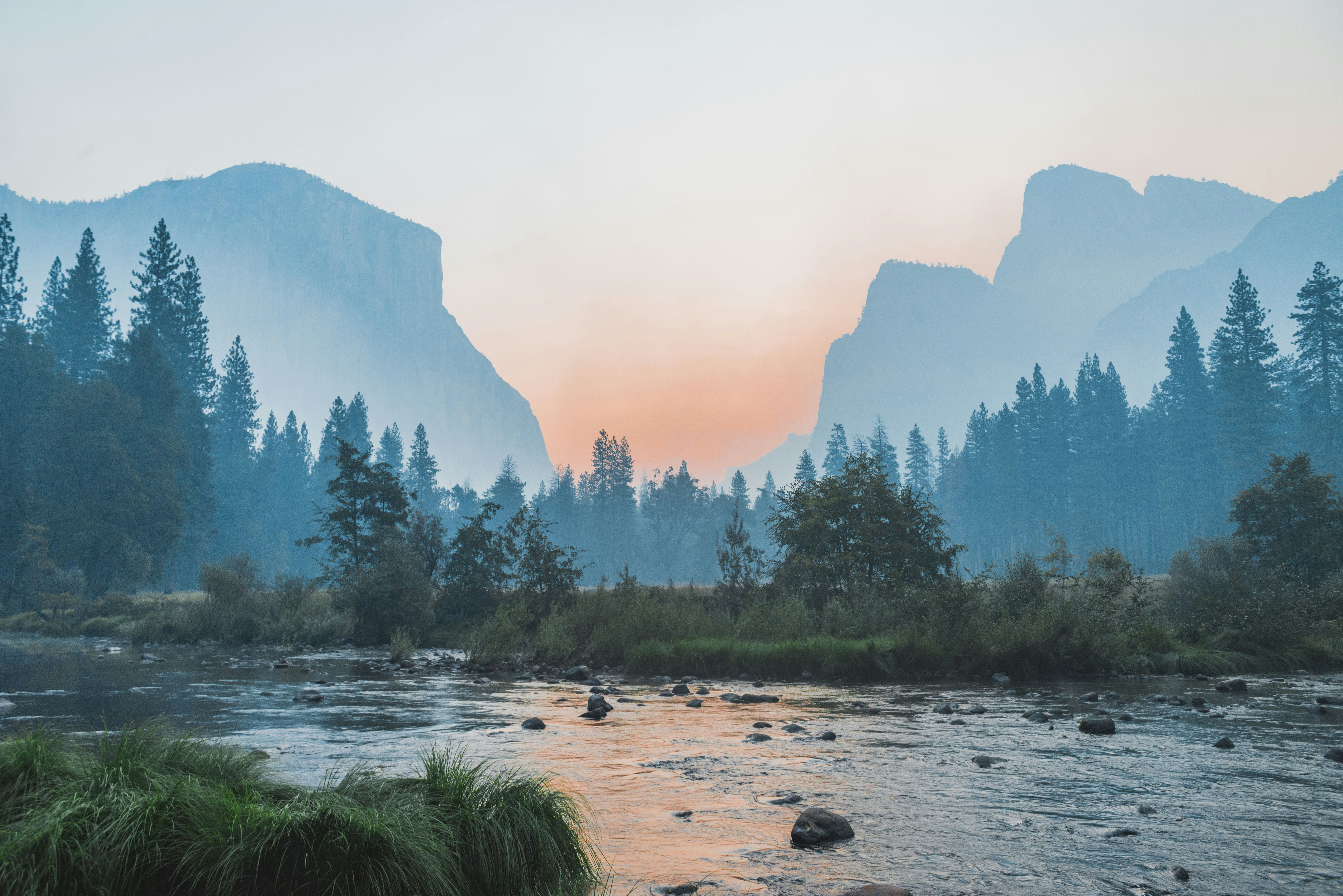Study Notes: Ecosystems and Food Webs
1. What is an Ecosystem?
An ecosystem is a community of living organisms (plants, animals, microbes) interacting with each other and with their nonliving environment (air, water, soil). Ecosystems can be as small as a puddle or as large as a rainforest.
Key Components:
- Biotic Factors: Living things (plants, animals, bacteria, fungi)
- Abiotic Factors: Nonliving things (sunlight, temperature, water, minerals)
Types of Ecosystems:
- Terrestrial (forests, deserts, grasslands)
- Aquatic (freshwater lakes, rivers, oceans)

2. Food Webs: The Connections
A food web shows how energy and nutrients flow through an ecosystem. It’s made up of many interconnected food chains.
Levels in a Food Web:
- Producers: Plants and algae that make food using sunlight (photosynthesis)
- Primary Consumers: Herbivores that eat producers
- Secondary Consumers: Carnivores that eat herbivores
- Tertiary Consumers: Top predators that eat other carnivores
- Decomposers: Fungi and bacteria that break down dead organisms

3. Energy Flow in Ecosystems
Energy enters most ecosystems through sunlight. Plants capture this energy and pass it up the food web.
- 10% Rule: Only about 10% of energy is transferred from one trophic level to the next. The rest is lost as heat.
- Nutrient Cycling: Nutrients like nitrogen and carbon cycle between living things and the environment.
4. Bioluminescent Organisms in Ocean Ecosystems
Some ocean organisms produce their own light—a process called bioluminescence. At night, these creatures can make the ocean glow, especially during plankton blooms.
Examples:
- Dinoflagellates (tiny plankton)
- Deep-sea fish (anglerfish)
- Jellyfish
Functions:
- Attracting prey
- Communication
- Camouflage
5. Three Surprising Facts
- Glowing Waves: Bioluminescent plankton can make waves glow blue at night, especially after storms or in warm waters.
- Invisible Connections: Some food web links are hidden—like bacteria recycling dead matter, which supports all other life.
- Ecosystem Engineers: Animals like beavers or elephants can reshape entire ecosystems by building dams or clearing trees.
6. Recent Research
A 2022 study published in Nature Communications found that ocean food webs are being reshaped by climate change, altering the distribution and abundance of bioluminescent plankton (Benedetti et al., 2022). This impacts the entire marine food web, including fish and larger predators.
7. Future Directions
- Climate Change: Rising temperatures and acidification are changing species distributions and food web stability.
- Technology: DNA sequencing helps scientists discover new species and food web connections.
- Conservation: Protecting keystone species and habitats is crucial for ecosystem health.
8. Comparison: Ecosystems vs. Computer Networks
| Ecosystem Feature | Computer Network Analogy |
|---|---|
| Producers (plants) | Data creators (servers) |
| Consumers (animals) | Data users (clients) |
| Decomposers (fungi) | Data cleaners (antivirus) |
| Energy flow | Data flow |
| Food web connections | Network connections |
Both systems rely on complex interactions and balance. Disruption in one part can affect the whole system.
9. Most Surprising Aspect
The most surprising aspect is how tiny bioluminescent organisms, invisible to the naked eye, can light up vast stretches of the ocean—showing how even the smallest creatures play huge roles in ecosystem dynamics.
10. Key Terms
- Ecosystem
- Food Web
- Bioluminescence
- Producer/Consumer/Decomposer
- Trophic Level
- Keystone Species
11. Study Questions
- What is the difference between a food chain and a food web?
- How do decomposers support ecosystems?
- Why are bioluminescent organisms important in ocean food webs?
- How might climate change affect food webs?
12. Further Reading
- Benedetti, F., et al. (2022). “Climate change reshapes marine plankton food webs.” Nature Communications. Link
- National Geographic: Bioluminescence
Tip: Explore local ecosystems and try drawing your own food web to see how everything is connected!
